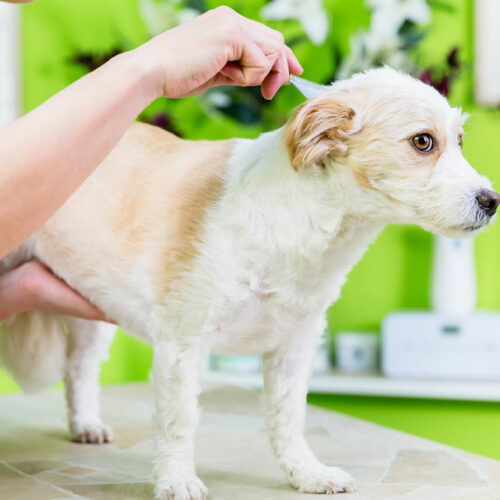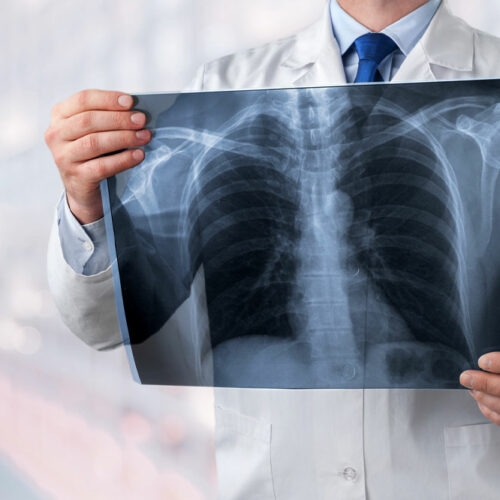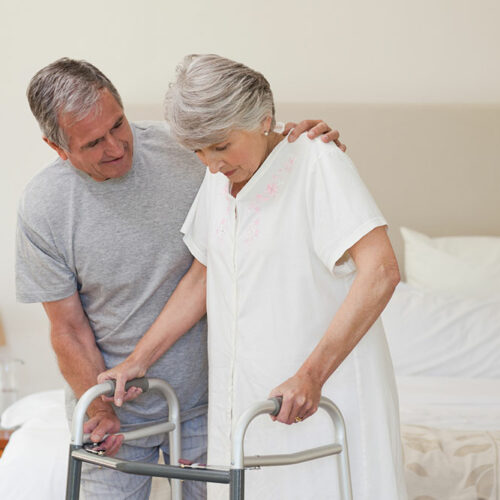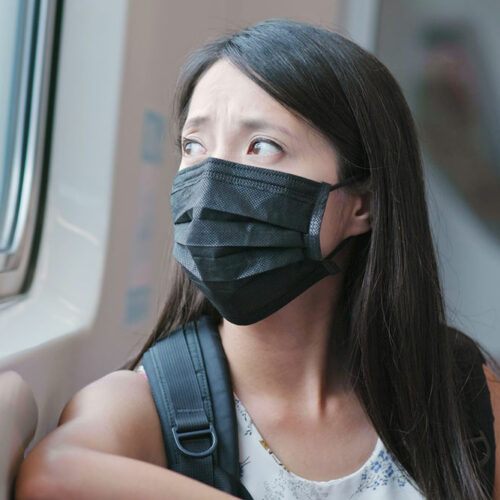8 worst cities that persons prone to allergies must avoid

Reports suggest that over 50 million people in the country suffer from different allergies each year, causing allergies to emerge as the sixth leading cause of chronic illness. Allergies may have many underlying causes, including hay fever, dust mites, medicines, certain foods, and pollution. Further, unfavorable environmental conditions can adversely affect individuals prone to allergies. Have a look at our list of the worst cities in the country for persons with allergies: Scranton Scranton has emerged as the allergy capital of the country, being ranked the worst city for people suffering from or susceptible to allergies. One of the primary causes of allergies in Scranton is the city’s higher-than-average concentration of spring and fall pollen. Several individuals react negatively to pollen, developing infections and allergies. Thus, individuals with allergies must avoid moving into Scranton for work. Bakersfield Bakersfield, with annual particular matter (PM) levels of 2.5, is classified as among the most polluted cities in the country. Studies have demonstrated that outdoor air pollution can exacerbate one’s allergies. Consequently, living in a city like Bakersfield can affect one’s health, particularly if one is vulnerable to allergic reactions. New Haven New Haven, which houses the prestigious Yale University, is another no-no for individuals with allergies, primarily due to its poor air quality and high humidity.






